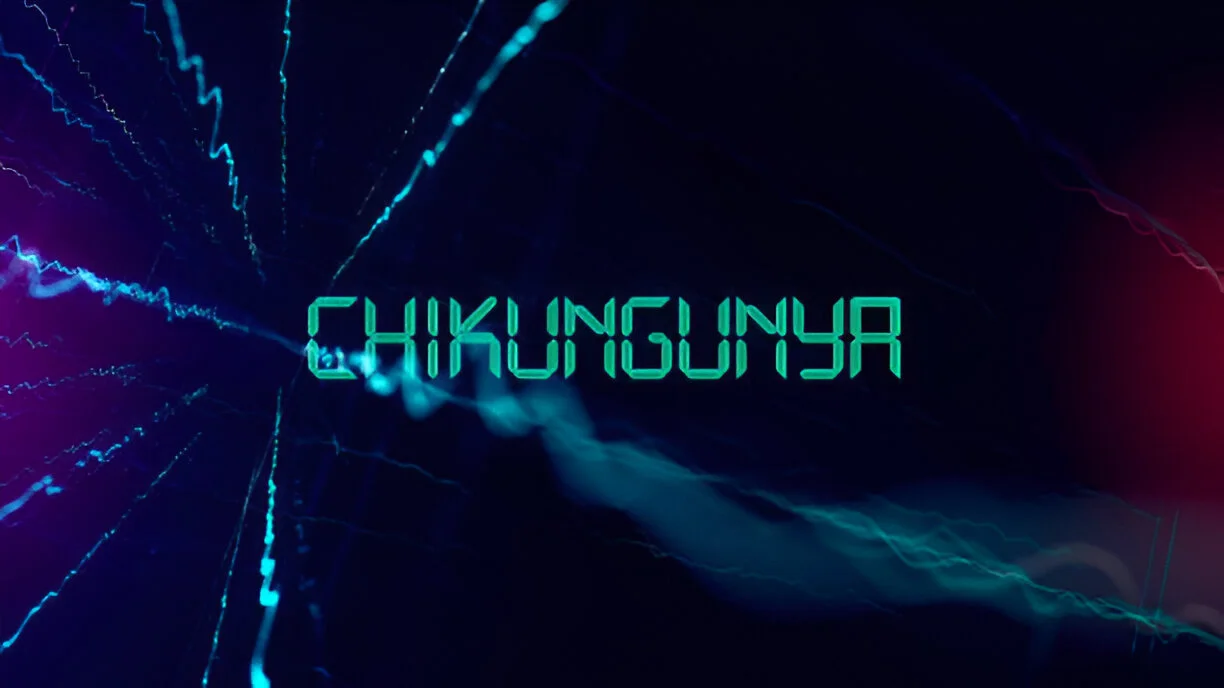Table of Contents
Toggle“Chikungunya Outbreak in Karachi: What You Need to Know and Do”
Introduction
Chikungunya, classified under the Alphavirus genus, infects humans through infected mosquitoes. Fever, joint pain, headache, muscle pain, and swelling are symptoms of Chikungunya.
Although often non-fatal, symptom relapses can endure for weeks or months and may greatly impact one’s ability to function. Treatment options and vaccines specifically for this infection do not exist. First identified in Tanzania in 1952, cases of Chikungunya infection have been reported in several countries in Asia, Africa, Europe, and India.

It’s most frequently found in mosquitoes, birds, and rodents. Preventing the spread of the disease can be facilitated by general community hygienic practices. Ensuring the environment doesn’t support mosquito breeding will control virus transmission. Given the recent study asserting the importation of Chikungunya and Dengue from travelers coming back from endemic areas, some work is needed to reduce the vector population growth in urban centers.
The local government must organize and commit efforts targeted at vector eradication programs. Moreover, to limit intra-urban disease transmission, the protection of clothing and aerosol spray or fumigation with handheld mosquito sprayers by travelers has proven to be effective.

Despite the reported cases of Chikungunya virus infection in Karachi, limited literature is available. This narrative review will update the recent outbreak of Chikungunya in Karachi after shedding light on tips regarding safety measures and precautions to reduce its occurrence.
Overview of the Chikungunya Virus
The Chikungunya virus is taxonomized under the Alphavirus genus, Togaviridae family, and is characterized by its positive-sense RNA. It is also an arthropod-borne virus responsible for an acute illness characterized by the appearance of a severe fever, manifested by the onset of rigor at very high temperatures.
Other presentations of the disease include acute polyarthralgia, a very low-grade rash, myalgia, headache, and almost immediate onset of severe joint pain. This virus commonly remains for about one week, with general treatment targeting pain and fever reduction through acetaminophen or NSAIDs.

Another primary measure undertaken alongside this is the provision of adequate hydration and avoidance of dehydration among those suffering, through oral rehydration.
A key support measure is physiotherapy, which can reduce symptoms including restricted movement, disability, and lingering effects noted in comprehensive diagnostic descriptions, often lasting months.
Signs of Chikungunya Virus Infection
Chikungunya virus is a mosquito-borne virus that has become a considerable concern for health vigilance in parts of the world. The symptoms may differ, showing both regular and uncommon indicators in affected individuals.
Common symptoms
The typical symptoms of chikungunya usually appear 4 to 7 days after a mosquito bite. These include: High fever: The most prominent and first sign of chikungunya is high fever which starts suddenly and is accompanied by severe pain in different parts of the body.
Severe joint pain
This disease results in severe pain in the joints mainly involving the hands, wrists, knees and ankles. Sometimes this pain continues for weeks or months from the onset.
Muscle Pain
Severe muscle pain can occur alongside joint issues in patients.
Rashes
Rash and reddish spots all over the body on different parts of the body which may emerge after a few days from fever.
Exhaustion
Chikungunya causes significant fatigue and weakness in infected individuals, complicating everyday responsibilities.
Headache
The patient also complains of severe headaches that start with a fever.
Digestive system problems
Shortness of breath, diarrhea, and digestive disorders that can cause nausea and vomiting are seen in some patients.
Protective measures to prevent chikungunya
Chikungunya prevention relies heavily on avoiding mosquito bites. Other prevention measures include environmental cleanup and control of mosquito breeding (transmission occurs predominantly from mosquitoes, the vectors) and personal protective actions.
Personal preventative measures
Use mosquito repellent spray (Use in the sense, that we have to apply this spray on our open body parts also must wear full-sleeve clothes but of course it is difficult while sleeping.
Covering body: Wearing full-sleeve shirts and full pants when going out of home can save most part the other half from mozzie bites.
Garbage Disposal: Throw old containers, bottles and tires, etc. in the garbage; they can collect water easily.
Mode of transmission of Chikungunya virus
The Chikungunya virus primarily spreads through the mosquito bite. It is carried by these types of mosquitoes which are more active in day time.
Vector-borne transmission
The Chikungunya virus is transmitted through Aedes aegypti and Aedes albopictus mosquitoes which bite during the day and are active at that time.
The transfer procedure is as follows: when a mosquito bites someone infected with chikungunya it acquires the virus. A mosquito bite introduces the virus, which spreads over 4 to 7 days, then symptoms begin.

Direct contact between people doesn’t transmit chikungunya. It’s spread by mosquitoes. This makes mosquito prevention measures extremely important.
Chikungunya virus in Karachi
Karachi, Pakistan’s biggest metropolitan area, faces serious impacts from mosquito-borne diseases like chikungunya. The city’s specific climate, dense populations and drainage problems contribute to the spread of the virus.
Prevalence and effects
Chikungunya virus cases in Karachi mostly increase during the rainy season when mosquito breeding opportunities are high. The presence of dirt and standing water affords an excellent surrounding for mosquitoes, which increases instances of chikungunya.
Locally, thousands of people in various parts of Karachi have fallen prey to the virus leaving them with high-grade fever along with joint pain. The disease disrupts patients’ normal daily routines.

The Karachi administration is focused on reducing mosquito spread through organized cleaning, fumigation, and community education campaigns. People should adopt personal protective practices and keep their environments neat.






















